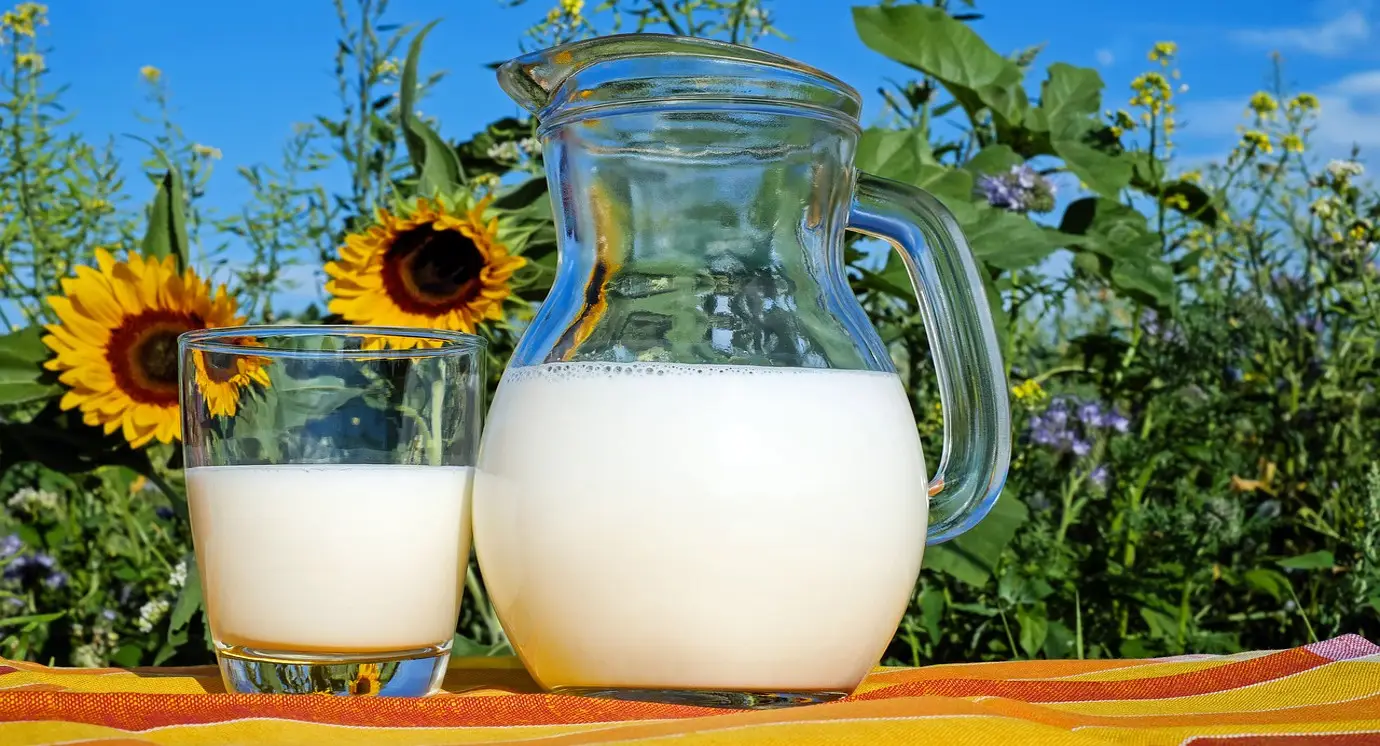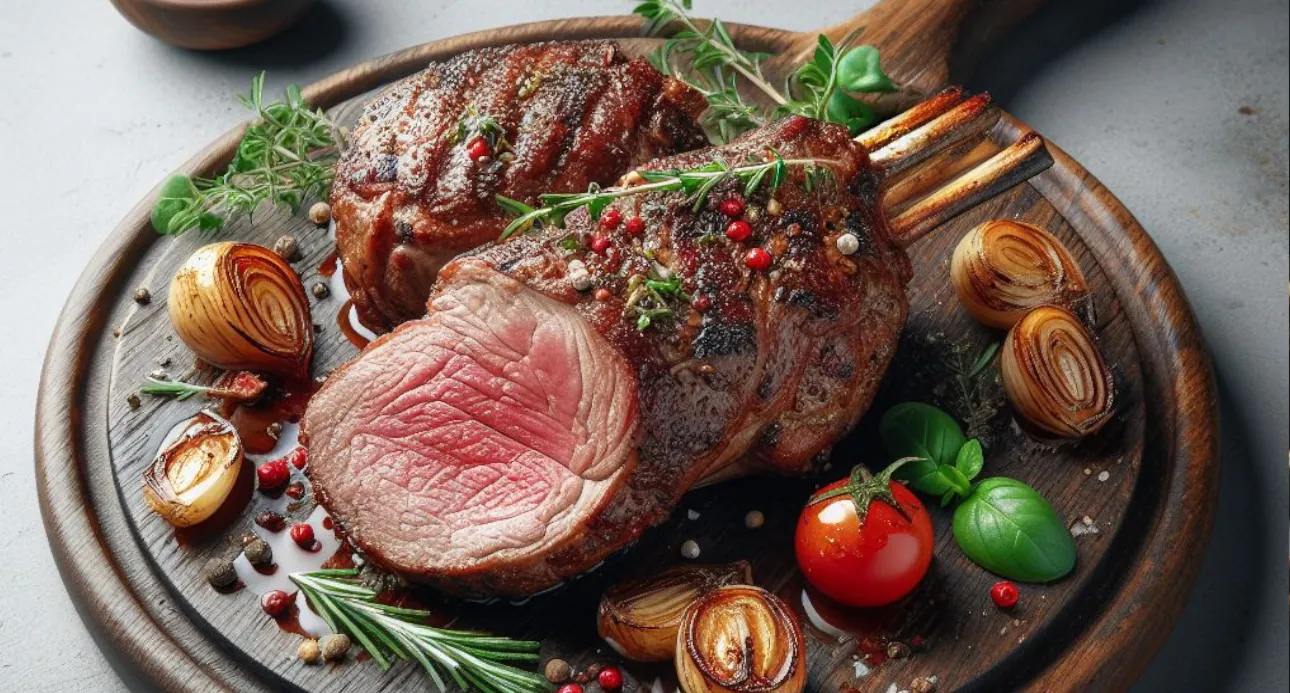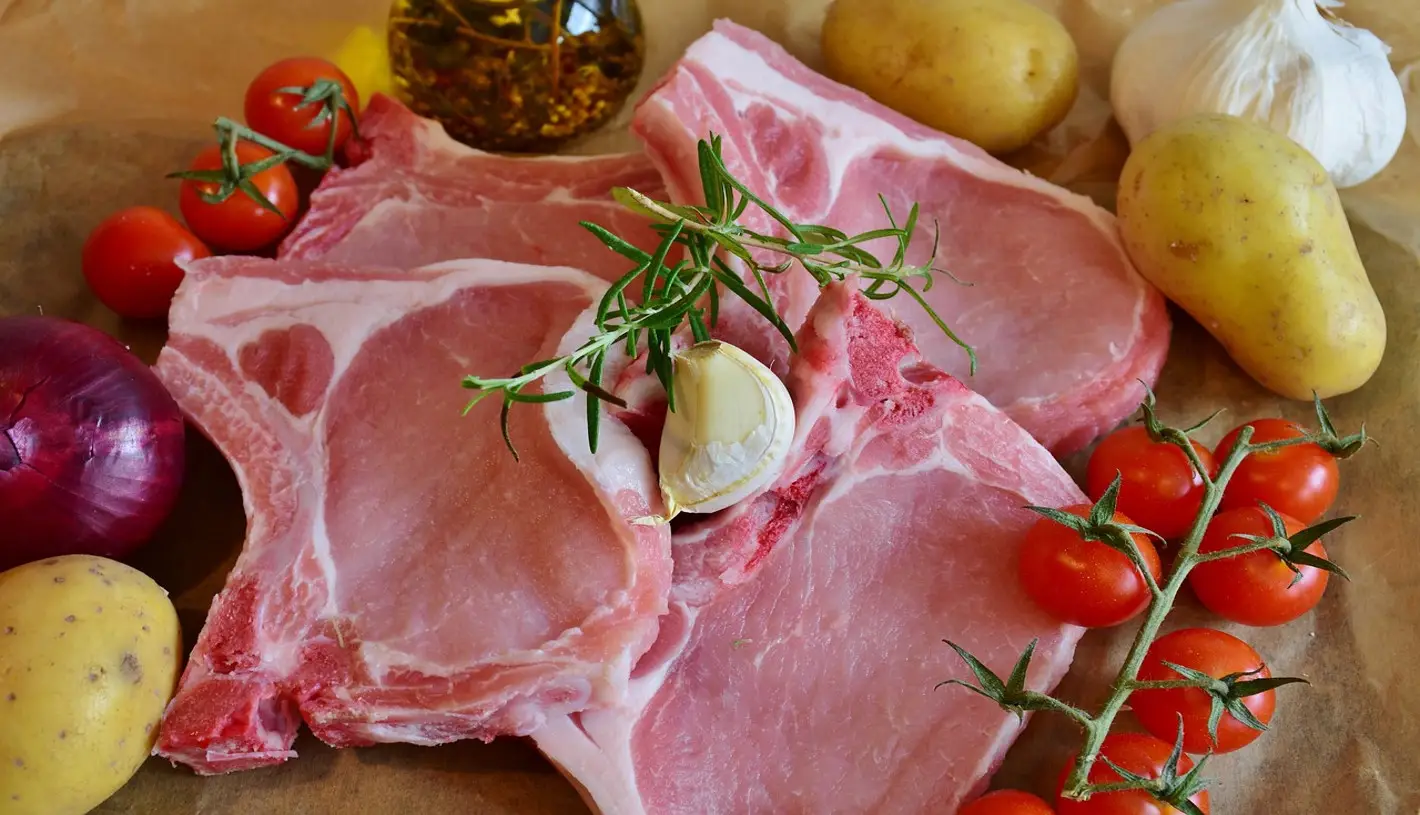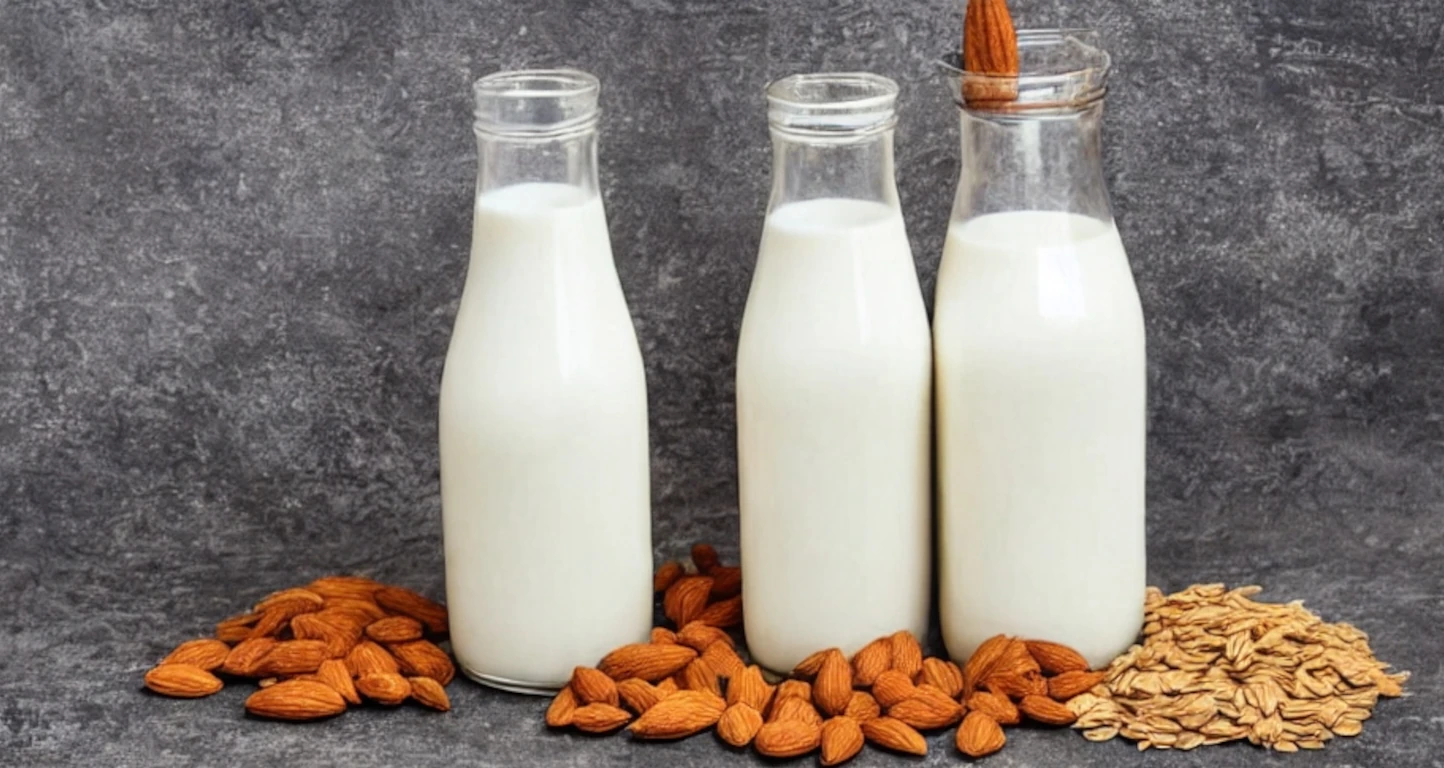Spinach Lysine and Arginine Info Sheet
Overview
Spinach is a dark leafy green vegetable that has a mild, slightly bitter taste.It can be eaten raw, cooked, or blended in smoothies. Spinach is one of the most nutrient-dense foods, as it contains high amounts of vitamins A, C, K, folate, iron, calcium, magnesium, and antioxidants.
Spinach is good for your eyes, skin, bones, blood, and immune system.
It may also help prevent cancer, diabetes, and inflammation. Spinach is also low in calories and high in fiber, making it a great choice for weight management.
| Name | Lysine (mg/100g) | Arginine (mg/100g) | Ratio |
|---|---|---|---|
| Spinach | 178mg | 164mg | 1.085 |
Spinach contains 178mg of Lysine and 164mg of Arginine per 100g of product.
This means Spinach has a neutral Lysine-Arginine ratio of 1.085.
Because Spinach has a neutral ratio of lysine and arginine, it does not have a significant impact on people who suffer from herpes, as it does not affect the viral activity.
Lysine Considerations
Spinach has a low amount of lysine, which is not enough to meet your daily needs.
Lysine is essential for protein synthesis, tissue repair, and immune function.
Lysine is also involved in the production of collagen, a protein that supports the skin, bones, and joints.
Lysine is essential for human health, and must be obtained from the diet or supplements.
Lysine has the potential to prevent or treat cold sores, which are blisters caused by the HSV-1 virus, also known as herpes.
Lysine operates by inhibitnig the proliferation of HSV-1, which relies on another amino acid, arginine, to reproduce and infect cells.
Lysine can only be acquired through our diet, and is present in different high-protein foods such as eggs, dairy, fish, meat and poultry.
Arginine Considerations
Spinach has a low amount of arginine, which is not enough to meet your daily needs either.
Arginine is a semi-essential amino acid that is involved in various metabolic processes, such as nitric oxide synthesis, urea cycle, and wound healing.
Arginine also plays a role in blood pressure regulation, immune response, and sexual function.
Arginine is semi-essential for human health, and can be synthesized by the body under normal conditions.
However, some situations may increase the need for arginine, such as stress, injury, or infection.
Arginine has multiple benefits for our health and performance, such as lowering blood pressure, enhancing wound healing, and increasing exercise endurance.
Arginine can also affect the herpes virus, which causes cold sores and genital herpes.
Studies suggest that arginine may help the virus grow and cause outbreaks, so people with herpes may want to avoid foods that are high in arginine or take lysine supplements to block its effects.
Lysine-Arginine Ratio
Spinach has a moderate lysine-arginine ratio, which means it has slightly more lysine than arginine.
This may affect the balance of these amino acids in the body, and may have implications for viral infections, such as HSV.
Some studies suggest that a moderate lysine-arginine ratio may have a neutral effect on HSV outbreaks, while a high ratio may prevent or treat them, and a low ratio may cause or worsen them.
Both lysine and arginine are essential for protein synthesis and various other bodily functions.
They, however, have opposing effects on the herpes simplex virus, which causes cold sores and genital herpes.
Lysine can slow down the replication of the virus, whereas arginine can stimulate it.
Thus, a diet rich in foods with a high lysine to arginine ratio may help reduce the occurrence and severity of herpes flare ups.
Foods that have a high lysine-arginine ratio include dairy products, fish, poultry, fruits, and vegetables.
These foods can provide the body with enough lysine to compete with arginine and inhibit the virus from replicating and causing outbreaks.
Dietary Considerations
Dark leafy greens are a type of vegetable that is generally high in in fiber, calcium, iron, and vitamin K.
Dark leafy greens are high in both lysine and arginine, but the amount is almost equal.
This means that dark leafy greens have a balanced ratio of lysine to arginine, which makes them neither beneficial nor harmful for people with herpes.
Dark leafy greens can be eaten raw, cooked, or blended in smoothies.
Some examples of healthy dark leafy greens you should add to your diet are spinach, kale, collard greens, and Swiss chard.
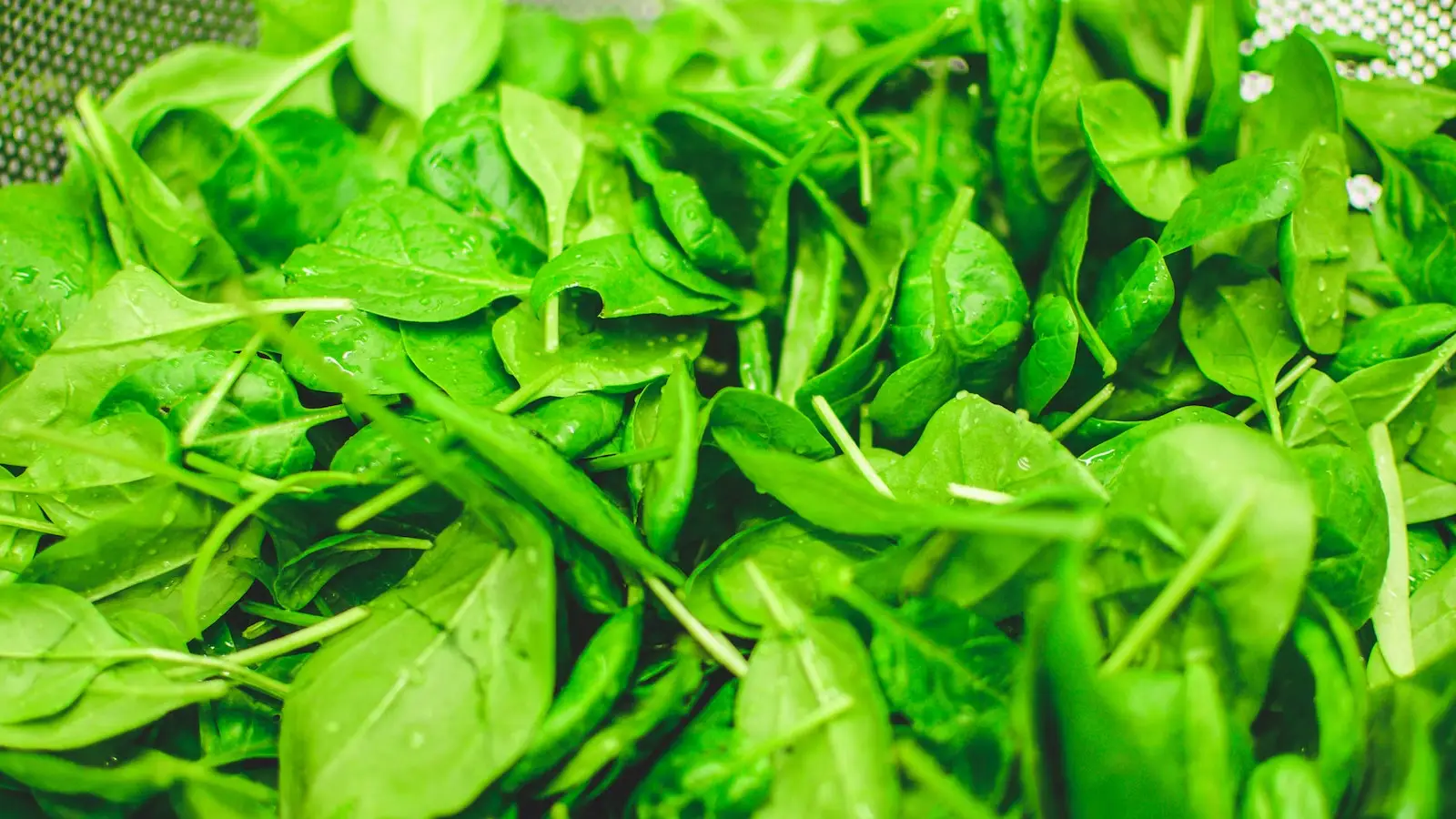
For instance:
Eating a balanced and nutritious diet that supports your immune system and reduces inflammation.
This means consuming plenty of fruits, vegetables, whole grains, lean protein, and healthy fats, and avoiding processed foods, added sugars, alcohol, and caffeine.
Make sure to drink plenty of water to keep yourself hydrated and eliminate toxins from your body.
Water can also help you avoid dryness and irritation of the skin and mucous membranes, which can lead to outbreaks.
Consider taking l-lysine supplements, which can help prevent herpes outbreaks and stop a cold sore before it emerges by limiting the availability of arginine for the virus, which it requires to produce a cold sore.
Avoiding foods that can cause allergic reactions or sensitivities, such as gluten, dairy, nuts, eggs, or shellfish.
These foods can trigger inflammation and weaken your immune system, making you more susceptible to outbreaks.
Foods that can boost your immunity and fight inflammation are essential to prevent outbreaks.
Honey, yogurt, aloe vera, and chamomile are some examples of these foods.
They can also soothe your symptoms and help you recover quicker by reducing pain, swelling, and itching.
Check more food information

